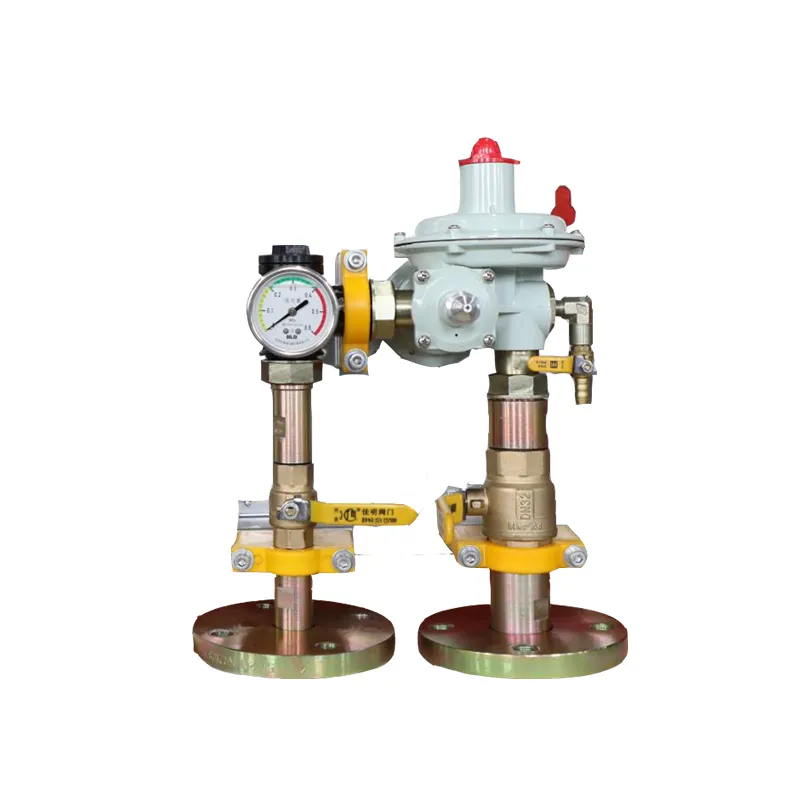
Dec . 06, 2024 13:59
Back to list
gas coalescer
The Role of Gas Coalescers in Industrial Applications
Gas coalescers, also known as gas-liquid coalescing filters, play a crucial role in various industrial processes, particularly in industries where the separation of gas and liquid phases is essential. These devices are designed to remove liquid contaminants from gas streams, ensuring the purity and efficiency of production processes. The importance of gas coalescers cannot be overstated, as they are fundamental in preventing equipment damage, enhancing product quality, and promoting operational safety.
At their core, gas coalescers function by utilizing a combination of hydrodynamic principles and filtration techniques. The primary process involves the capture and coalescence of liquid droplets present in a gas stream. When a gas containing liquid contaminants passes through the coalescer, it encounters a series of specialized media. These media promote the collision and merging of droplets, resulting in the formation of larger droplets. Once the droplets reach a certain size, gravity aids in their separation from the gas phase, allowing for the collection of the liquid contaminants.
One of the key advantages of gas coalescers is their ability to significantly improve the quality of the gas being processed
. In many industrial applications, such as natural gas processing, petrochemical production, and even in power generation, the presence of liquid impurities can lead to adverse effects. These effects may include reduced efficiency, increased corrosion of pipelines and equipment, and potential safety hazards due to improper combustion. By effectively removing liquid contaminants, gas coalescers help to maintain the integrity of both the machinery and the final products.gas coalescer

In the oil and gas industry, for instance, the application of gas coalescers is critical in the treatment of natural gas streams. Natural gas often contains water vapor, hydrocarbons, and other liquid contaminants that must be removed before the gas can be transported or refined. By implementing gas coalescers in the processing line, operators can ensure that the gas meets the stringent quality specifications required for downstream applications. This not only optimizes production but also minimizes environmental impact by reducing emissions that can occur from burning impure gases.
The design of gas coalescers can vary significantly depending on the specific requirements of the application. Factors such as gas flow rates, pressure conditions, and the nature of the liquid contaminants determine the choice of materials and configurations. Some coalescers utilize a multi-stage approach, where gases pass through several filter elements to maximize the removal efficiency of liquids. Additionally, advancements in technology have led to the development of specialized coalescing media that enhance droplet capture while minimizing pressure drop across the unit, resulting in more efficient operations.
Another important consideration in the use of gas coalescers is maintenance and operational monitoring. Regular inspection and timely replacement of filter elements can ensure optimal performance and prolong the lifespan of the coalescer systems. Moreover, implementing real-time monitoring solutions allows operators to track contamination levels and make necessary adjustments to maintain efficiency.
In conclusion, gas coalescers are indispensable in many industries, providing essential filtration and separation capabilities that protect equipment, enhance product quality, and ensure safe operations. As industrial processes continue to evolve and environmental regulations tighten, the demand for effective coalescence solutions is likely to increase. By integrating advanced technologies and focused maintenance practices, industries can leverage gas coalescers to maintain operational excellence and uphold their commitment to sustainability.
Latest news
-
Safety Valve Spring-Loaded Design Overpressure ProtectionNewsJul.25,2025
-
Precision Voltage Regulator AC5 Accuracy Grade PerformanceNewsJul.25,2025
-
Natural Gas Pressure Regulating Skid Industrial Pipeline ApplicationsNewsJul.25,2025
-
Natural Gas Filter Stainless Steel Mesh Element DesignNewsJul.25,2025
-
Gas Pressure Regulator Valve Direct-Acting Spring-Loaded DesignNewsJul.25,2025
-
Decompression Equipment Multi-Stage Heat Exchange System DesignNewsJul.25,2025

